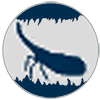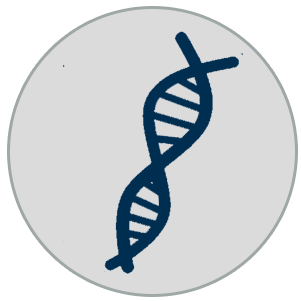 |
|                  |    |  | ||||
| | ||||||||
1. Kamendaka javana Muir, 1913 taxonomy
Kamendaka javana Muir, 1913 is currently considered as a valid taxon of species rank in the family Derbidae Spinola, 1839 of the Fulgoromorpha. This species was first described by Muir F. A. G. in 1913 in the following paper: On some new species of leafhoppers. Part II. Derbidae. Bulletin. Hawaiian Sugar Planters' Association Experiment Station. Division of Entomology. Honolulu, 12: 28-92.
It is currently classified in order Hemiptera Linné, 1758, suborder Fulgoromorpha Evans, 1946, superfamily Fulgoroidea Latreille, 1807, family Derbidae Spinola, 1839, subfamily Otiocerinae Muir, 1917, tribe Kamendakini Emeljanov, 1995, genus Kamendaka Distant, 1906.
Kamendaka javana is an extant taxon.
2. Kamendaka javana Muir, 1913 geographical distribution and bioregions
According to the geographical TDWG standard (2001), Kamendaka javana Muir, 1913 are known from the Oriental biogeographical region as defined by Wallace (1876). More precisely, they are distributed in the Indo-Malayan zoogeographic region as defined by Holt (2013). Figures 1 and 2 display dynamic graphs showcasing the longitudinal and latitudinal profiles of Kamendaka javana Muir, 1913 arround the across the globe according to their species richness. A scroll on the histogram bars displays the species richness of the corresponding regions.
3. Kamendaka javana Muir, 1913 biological interactions
As all planthoppers, Kamendaka javana Muir, 1913 are obligatory phytophagous terrestrial insects; they mainly feed on host plants belonging to the order: Poales (Poaceae).
Figure 3a depicts the orders of plants on which Kamendaka javana Muir, 1913 feeds, and figure 3b the percentage they represent in the diet for the entire species. Figures 4a and 4b do the same more precisely for the family level of these plants.
References:
- Bourgoin Th. 2025 - FLOW (Fulgoromorpha Lists on The Web): a world knowledge base dedicated to Fulgoromorpha. Version 8, updated 12-July-2025. http://flow.hemiptera-databases.org/flow/
- Brummitt R. K. 2001 - World geographical scheme for recording plant distributions. Edition 2. TDWG 136pp. updated 08-May-2007. http://www.tdwg.org/standards/109/
- Holt B. G. et al. 2013 - An Update of Wallace's Zoogeographic Regions of the World. Science, 339: 74-78.
- Linné C. 1758 - Systema Naturae. Editio Decima, reformata. 1: 824 pp.
- Muir F. A. G. 1913 - On some new species of leafhoppers. Part II. Derbidae. Bulletin. Hawaiian Sugar Planters' Association Experiment Station. Division of Entomology. Honolulu, 12: 28-92
- Wallace A. R. 1876 - The Geographical Distribution of Animals. Cambridge University Press, Cambridge.
|
|
|
|
| |||


